Changes in the modern warfare environment have made large-caliber battle rifles popular again, despite once being considered obsolete.
Although not used in official military literature, the term "battle rifle" is often used to distinguish rifles chambered in the larger 7.62x51 mm cartridge from rifles chambered in the medium 5.56x45 mm cartridge.
Battle rifles began to be used during World War II, with the introduction of the American M1 Garand, the Soviet SVT-40, and the German Gewehr 41 and 43. They became more popular during the Cold War, when NATO adopted the larger 7.62x51mm cartridge, as well as the M14 and FAL rifles.
Battle rifles gradually disappeared when NATO introduced the medium-caliber 5.56x45mm round in the late 20th century. However, this type of weapon has "revived" in the 21st century, when many countries returned to using rifles with more destructive power.
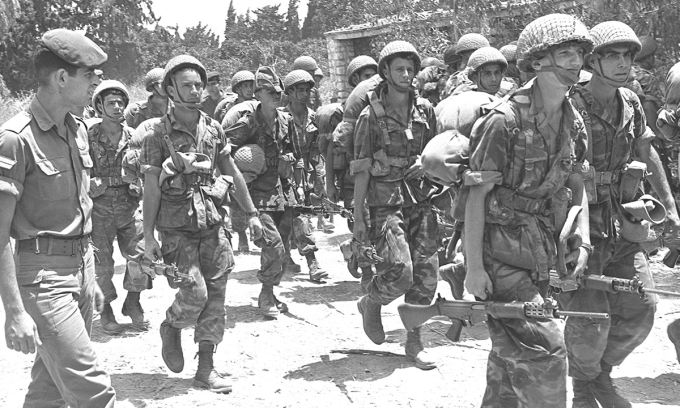
Israeli paratroopers holding FAL rifles during training in June 1965. Photo: Wikimedia
After World War II, the Soviet Army adopted the AK-47 rifle chambered for the medium-caliber 7.62x39mm round as the standard infantry weapon. Classified as an assault rifle, the AK series was lighter than other rifles, allowing Soviet soldiers to fire at a greater rate of fire and carry more ammunition.
Meanwhile, the FAL rifle used by most NATO countries is longer than the AK, and can fire the NATO standard 7.62mm bullet with more destructive power. However, the large size of the bullet means that the FAL is only equipped with a 20-round magazine, compared to the 30-round magazine of the AK series. This is also a limitation of the US military's M14 rifle line, because it also uses NATO standard 7.62mm bullets.
During the Cold War, this weakness put American soldiers at a disadvantage against opponents using AK rifles. Although the NATO-standard 7.62mm round gave the M14 more destructive power and a longer effective range, the AK's superior rate of fire gave its users the firepower advantage in close-range combat, a situation that often occurred in the dense jungle environments that American soldiers often had to fight in during this period.
Recognizing the problem, the US military added the M16 rifle model using the medium-sized .223 Remington bullet. This type of bullet was later standardized by NATO as the 5.56x45mm bullet.
NATO's adoption of the medium-caliber cartridge in the late 20th century quickly led to the decline of the battle rifle. Countries with enough money replaced their NATO-standard 7.62mm FALs, M14s, and G3s with 5.56mm M16s, AUGs, and G36s.
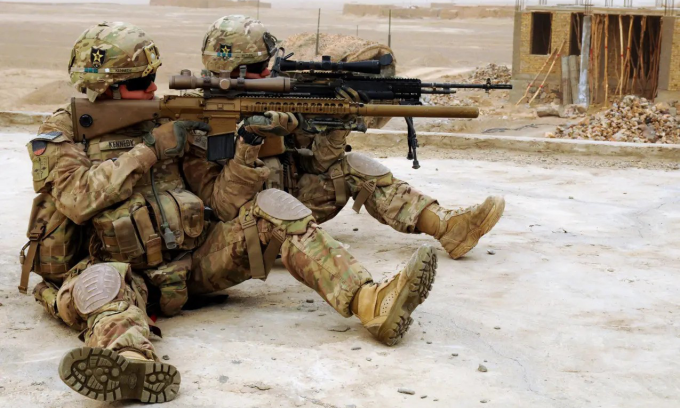
US soldiers holding M110 (front) and M14 rifles in Afghanistan in January 2013. Photo: US Army
Lighter and more mobile, these assault rifles have become the standard infantry weapon of most major armies around the world . Some countries, such as Denmark and Sweden, continue to use battle rifles, but only for their guard forces, while regular infantry have switched to assault rifles.
In the 21st century, especially after the US launched the global war on terrorism, the disadvantages of assault rifles and the medium-caliber ammunition they use began to become more evident.
Assault rifles lack the accuracy and range of battle rifles, so they must be used in conjunction with designated marksman rifles such as the M14 and M110 chambered in 7.62mm NATO ammunition to meet combat needs. This is especially true in mountainous areas, where rifles using large-caliber ammunition are considered a more reasonable choice than those using medium-caliber ammunition.
The Indian Army purchased more than 140,000 NATO-standard 7.62mm assault rifles from German arms giant SIG Sauer in 2021. India, the world's second-largest armed force after China, is investing heavily in large-caliber rifles, suggesting that this weapon is gradually regaining its position.
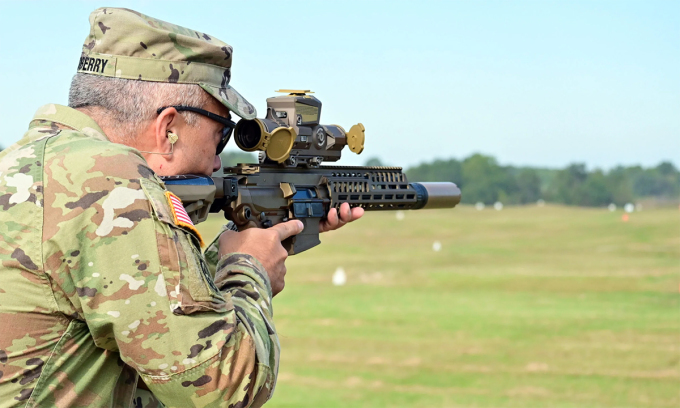
US officers test fire the XM7 rifle at Fort Campbell in Kentucky in September 2023. Photo: US Army
In 2022, the US Army awarded SIG Sauer a contract to implement the Next Generation Squad Weapon (NGSW) program, which aims to replace the M4 carbine and M249 light machine gun using NATO-standard 5.56 mm ammunition that have been in service with the US Army for decades.
The XM7 assault rifle and XM250 light machine gun, two weapons in the NGSW series, both use the large-caliber 6.8x51 mm Fury bullet, which is similar in size to the NATO standard 7.62 mm bullet, marking the return of the combat rifle to the world's most powerful army.
The US says long-range fighting in Afghanistan and the growing presence of body armor on the battlefield are the reasons the Pentagon is returning to the high-caliber rifle.
The US Army plans to order about 107,000 XM7s and 13,000 XM250s to equip its soldiers. The total contract value, including guns and ammunition, is estimated at about $4.7 billion.
Pham Giang (According to WATM )
Source link



![[Video] The difference in scores between university admission groups will be announced soon](https://vphoto.vietnam.vn/thumb/1200x675/vietnam/resource/IMAGE/2025/7/19/16441946784f4c4b8b6987f8164b1a83)

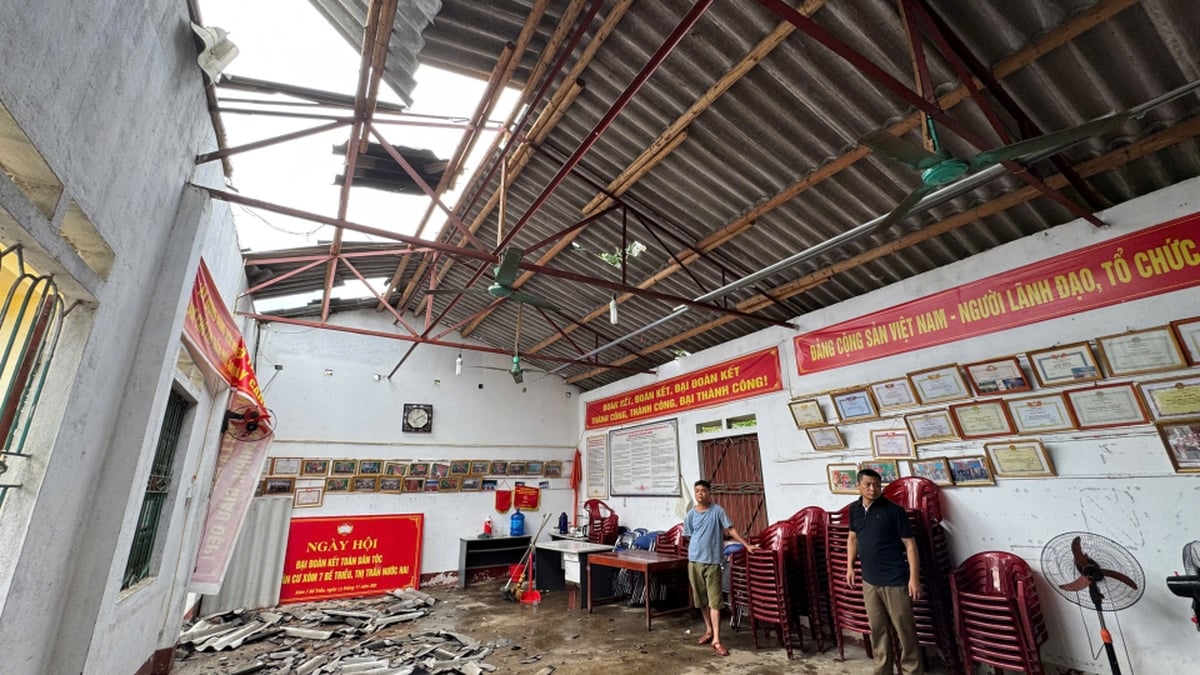

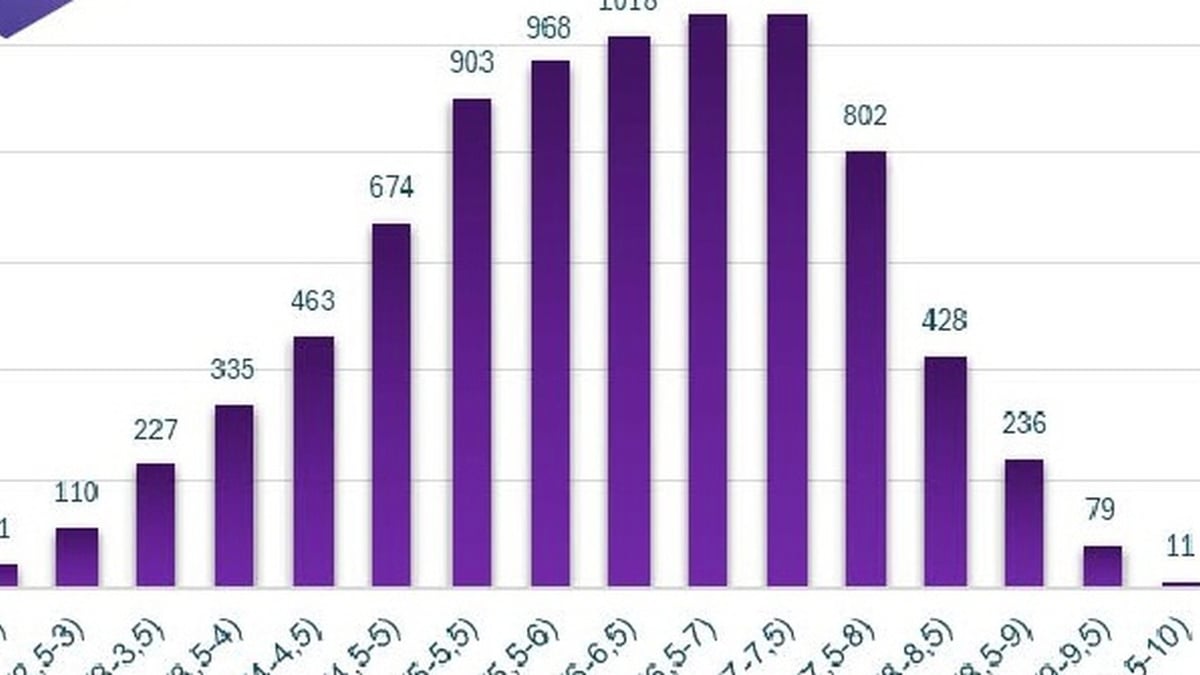


























































































Comment (0)